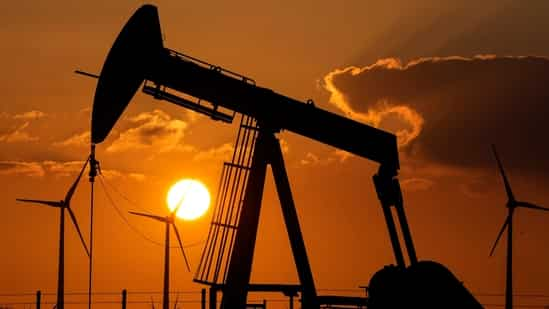The average international diesel price – used as the benchmark for domestic pump prices – has fallen sharply by 41% from a peak of $170.92 in June 2022 to $100.88 per barrel this month, bringing relief to state-run oil refiners, even as international crude prices have plunged to a 14-month low spooked by a brewing US banking crisis and fears of global recession.
The three public sector oil refiners, Indian Oil, Bharat Petroleum and Hindustan Petroleum, which control over 90% of the domestic fuel retail business, no longer incur any losses on sale of petrol and diesel, three people aware of the matter said, requesting anonymity. On Monday, benchmark Brent crude prices fell below $72 a barrel in intraday trades.
The three firms, however, are not in a position to restore their daily pricing mechanism at this juncture owing to high price volatility in international energy markets and political compulsions from the forthcoming assembly elections in Karnataka, the people added. Companies have suspended daily price revision petrol and diesel for over 11 months, since April 6, 2022.
A fall in international crude prices has come at an opportune time with India’s retail inflation above the central bank’s upper tolerance limit of 6% for two consecutive months – January (6.52%) and February (6.44%), one of the people, an industry executive, said.
While the Union Budget does not make any assumptions about crude oil prices, India’s chief economic advisor V Anantha Nageswaran said on January 31 that the Economic Survey’s estimate of 6.5% growth in 2023-24 is achievable if crude oil prices stay below $100 a barrel.
Public sector OMCs (oil marketing companies) may wait for some time to recover past losses before considering any petrol and diesel price reduction, but domestically produced natural gas may become cheaper from April 1 as government is considering a new pricing formula,” a second person, who works for the government, said.
The people mentioned above said that public sector OMCs may recover some of the losses they suffered as they shielded consumers from global energy inflation. IOC, BPCL and HPCL posted a combined loss of ₹18,622 crore in the first three quarters of current financial year. But the impact of the lower oil prices was reflected in the stock market on Monday. IOC shares were up 1.51%, BPCL surged 2.3% and HPCL jumped 2% even as Sensex fell over 360 points or about 0.62%.
The ministry of petroleum, IOC, BPCL, HPCL and public sector GAIL India did not respond to email queries.
According to a third person, there is a possibility of a sharp decline in domestic gas prices from next month. It is expected that the Cabinet may soon accept key recommendations of an expert panel, including a new gas pricing formula that may reduce the price of domestically produced natural gas by 24% to $6.5 per unit from next month, he said. The current price is $8.57 per unit, measured in million metric British thermal unit (mmBtu).
The panel, chaired by Kirit Parikh, which submitted its report on November 30, 2022, proposed a floor of $4 per unit and cap of $6.5 for natural gas produced from old fields mainly operated by state-run Oil and Natural gas Corporation (ONGC) and Oil India Ltd (OIL). The committee, however, spared tweaking gas prices for difficult deepwater fields, such as Reliance-BP’s KG-D6, because of greater risks and higher production costs. Currently, gas produced from such fields costs $12.46 per unit.
SC Sharma, an energy expert and former officer on special duty at the erstwhile Planning Commission, said the softening of international oil prices is favourable for the Indian economy as well as the industry, and could be an appropriate time to re-examine the “windfall tax” levied on the export of domestic crude and other products.
The windfall tax was levied on petroleum items on July 1 last year to offset ballooning public expenditure on fuel, food and fertiliser subsidies after domestic oil producers and refiners made abnormal profits due to price volatility in international markets because of geopolitical turmoil. On March, the levy was revised to zero on exports of petrol and aviation turbine fuels, and 50 paise per litre on diesel exports. The tax on domestically produced crude was revised to ₹4,400 per tonne.
Initially, when windfall tax was levied on July 1, 2022, it was ₹6 per litre on exports of petrol and ATF, ₹13 a litre on diesel exports, and ₹23,250 per tonne on domestically produced crude. The fortnightly review of windfall tax that took place on Monday late night, reduced the levy on crude to ₹3,500 per tonne effective from March 21, the second official said.
